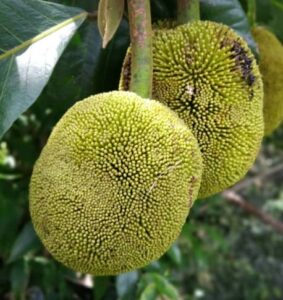
Tropical fruits are a diverse bunch. On the one hand, we’ve got pineapples and passionfruit, mangos and mangosteen, all those lovely, sweet and sour flavours to lightly perfume cocktails or enjoy in a summery smoothie. On the other hand, their consumption can be a little risky. Take the coconut, for example. The first lesson for tropical adventurers is not to string your hammock under a coconut palm, because three-pound balls dropping from a hundred feet up will ruin your nap.
How about the mango? So delicious and juicy… yes, but have you seen a mango tree? Its dark canopy is categorically gothic, with fruit that somehow hangs from strings as if put there to lure children.
The durian? Spiky, pungent, expensive and – so the aunties say – stomach-exploding if eaten with alcohol.
The snakeskin fruit, aka the salak? Tart and delicious, but peeling it can shove fragments of scaly skin under your fingernails.
Then there’s the rare bambangan, Borneo’s savoury mango. Best eaten after weeks spent fermenting in a jar with its own grated seed. Funky.*
But there’s one that embodies this delicious/terrifying paradox more than any other: the tarap. It is possibly my favourite fruit, and among the most difficult ones to offer the uninitiated. It has a chemical smell, almost like diesel. Not as bad as durian, but enough to put off the casual first-timer. Then there’s its appearance: A lumpy skull-sized alien egg covered in what looks like cribbage pegs, coloured sickly brown with green-yellow undertones. Touching it is reminiscent of a human scalp a few days after a shave, sort of prickly and expectant. Weirdly compelling.
When time comes to eat it, the tarap cannot be peeled. It must be opened. Hold it down on the table with one hand, as if it’s about to make a dash for freedom, then use your other hand to gently apply pressure away from you. The thick cribbage-peg-covered skin will split with a wet, rotten crack, revealing around forty fleshy arils the colour of pearls and the size of a cat’s ear. Some will still be stuck to the solid central core, others will be nestled into the thick furry lining of the yellow rind.
The adventurous first-time tarap eater will then be invited to gently pluck the firmest of these squishy lobes. They will find that the diesel smell has vanished, and once they have eaten an aril, they will understand what the fuss was about. If the durian’s heady flavour represents the rainforest at its darkest, the tarap shows us its lighter side. Each aril offers a taste like summer in a land with no summer, cleanly sweet and brightly sour with a complex creamy flavour and a whisper of custardy musk. The peanut-sized seed slips out smoothly for easy spitting contests, though you’d better gather them up and roast them for a nut-like snack. Indeed, take all you can from the tarap because this precious fruit is a rare joy. It cannot grow outside the tropics, it spoils days after ripening, and its season is brief.
So when in Borneo you come across lumpy bags of rotting diesel hanging from a roadside stall, don’t be scared. It’s just the tarap. Go ahead and try one!
* Personally, I find the fruity tartness of non-fermented bambangan a rather nice accompaniment to roasted cauliflower.
Freeing Caged Lions
On Artistic Courage in the Face of Doubt
Sometimes things collide in the most unexpected ways. On the one hand, I am slowly picking my way through Conversations with Goethe in the Later Years of his…











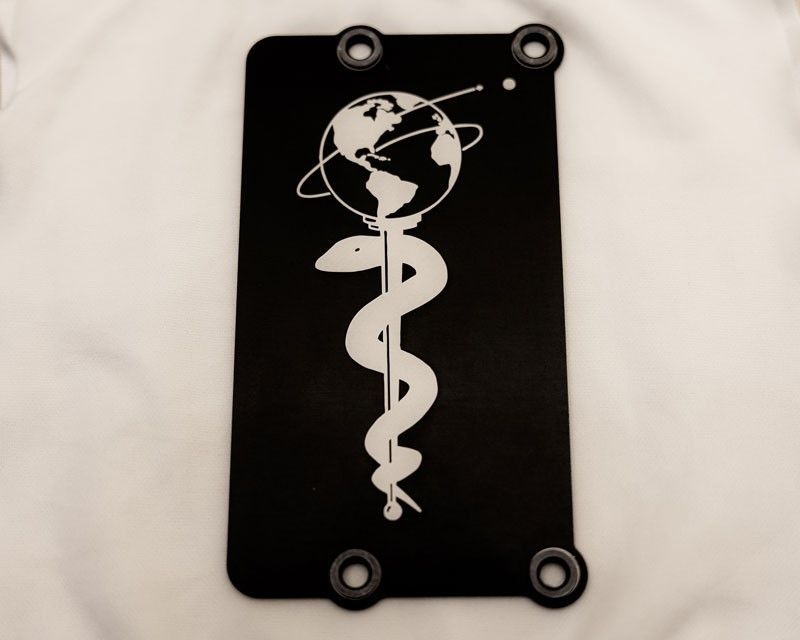

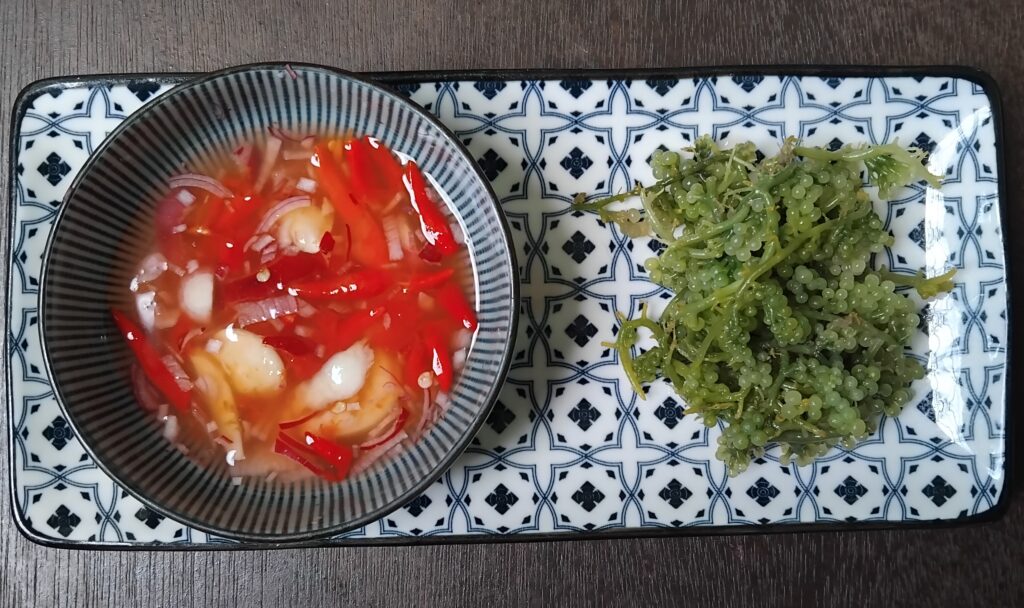


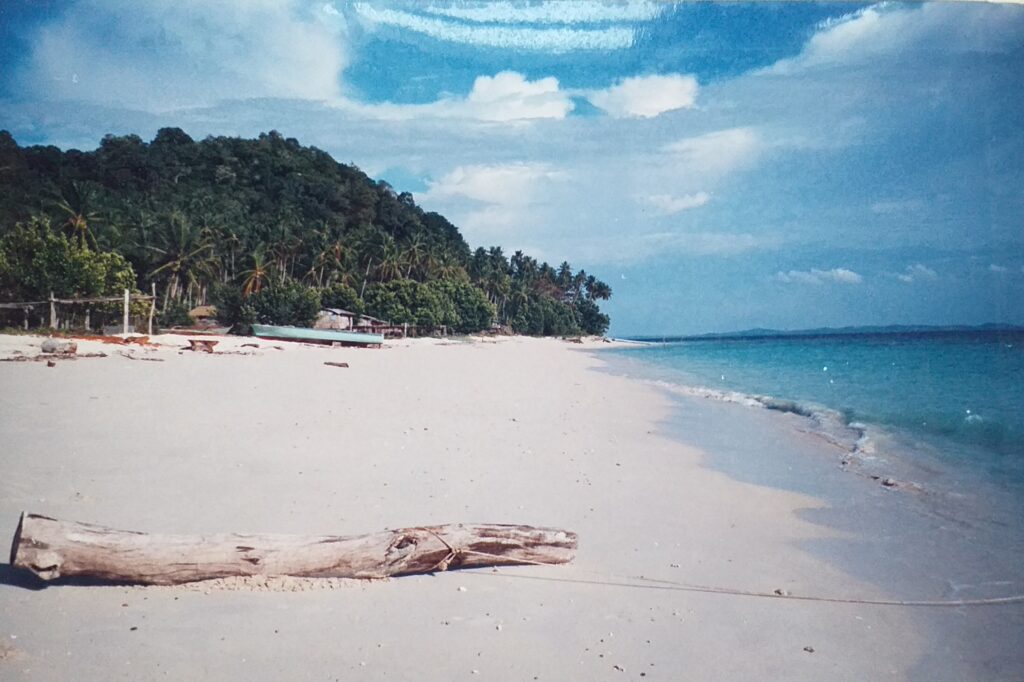
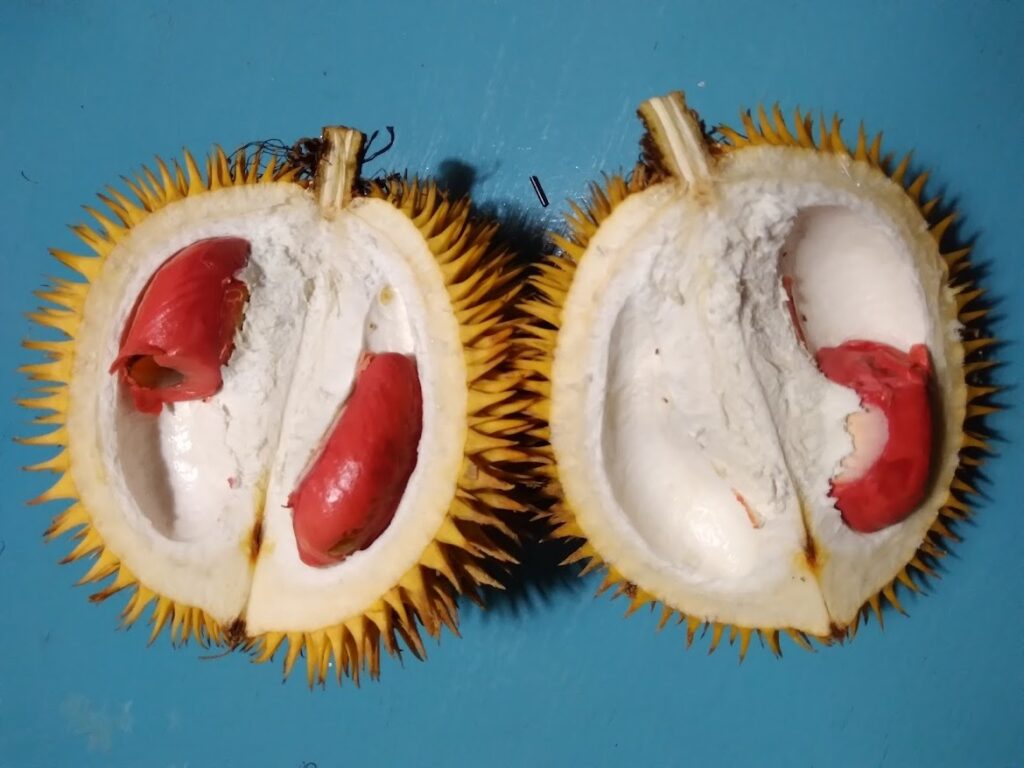

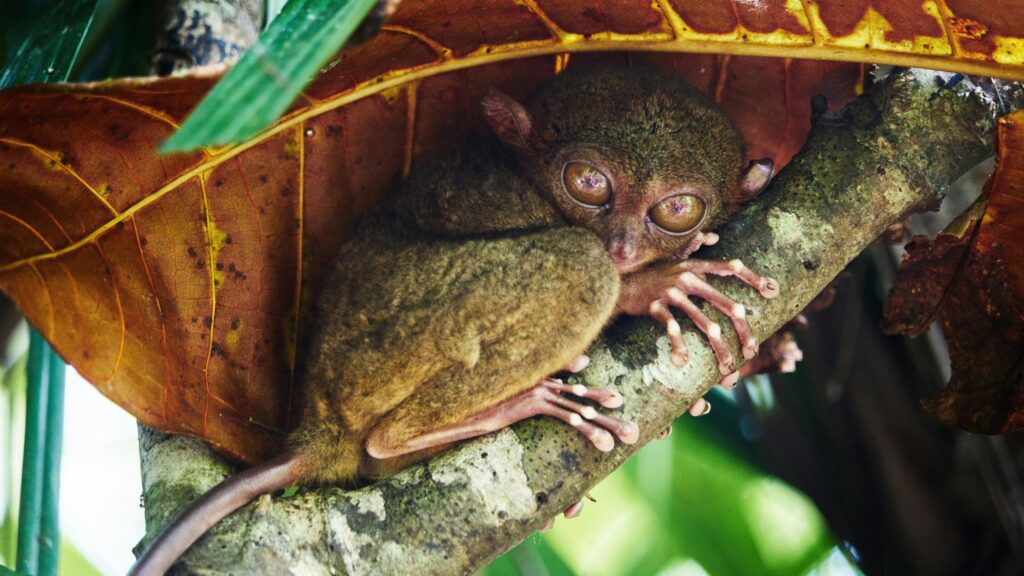

What wonderful descriptions! Thank you.
I always wonder about the first person to give these a go.Like you say, mangos, pineapple, passionfruit look and smell so inviting but who on earth first thought it a good idea to eat durian??? Saying that, I’d like to think I’d give ’em a go if I ever got… Read more »
I asked my husband who he thought tried them first. His answer: “Good question…the people from long ago.”
Beautifully described!